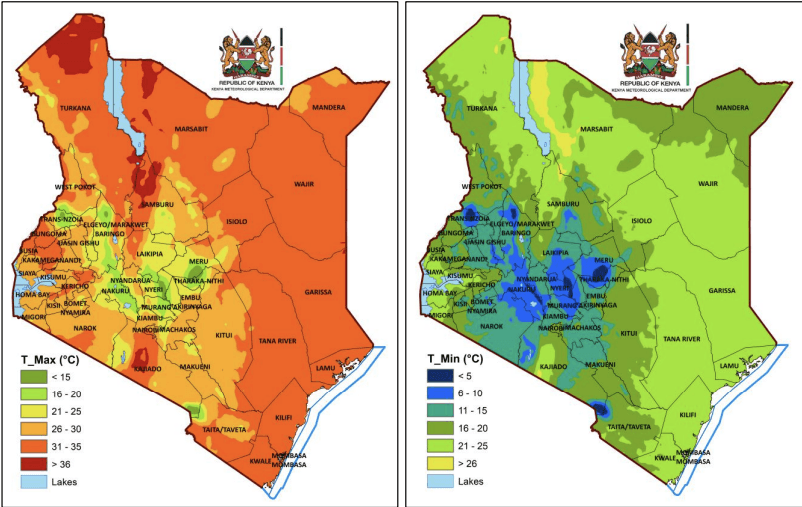

In February 2024, Mombasa was unsettled as many residents rushed to hospitals with a strikingly similar complaint: red, bloodshot eyes that seemed to appear overnight.
Kenyan researchers have now pinned down the culprit.
While the
outbreak was confirmed to be acute hemorrhagic conjunctivitis (AHC), commonly
known as "red eye" disease, the exact cause was never known.
A team at the KEMRI-Wellcome Trust Research Programme has now identified the culprit: a strain of old virus – called coxsackievirus A24 variant (CA24v) – that may have originated from Indian Ocean island of Mayotte.
This highly contagious virus is linked to previous epidemics of red eye disease around the world.
This is the first time in Kenya that scientists have confirmed the
presence of CA24v in an AHC outbreak.
It is titled: “Identification of coxsackievirus A24 variant during an acute hemorrhagic conjunctivitis outbreak in coastal Kenya, 2024.”
The authors, Kemri researcher Arnold Lambisia and his colleagues, noted that the causes of AHC epidemics are not typically investigated in Kenya.
“However, several potential pathogens can be responsible, making it important to understand aetiology for appropriate public health advice. In the past, adenoviruses were mostly assumed to be the cause of AHC outbreaks, but this was rarely confirmed,” they explained.
AHC, or "red eye," is a fast-spreading infection that causes sudden and painful eye redness, itching, blurred vision, and swollen eyelids. In some cases, people may also experience fever, body aches, and a runny nose. The disease spreads through direct contact with infected secretions, making crowded places like schools and public transport hubs hotspots for transmission.
"AHC is often self-limiting, meaning it resolves on its own," the study explains. "However, during outbreaks, individuals miss work or school, leading to economic losses. Mismanagement, such as self-medication and traditional remedies, can worsen symptoms."
To investigate, scientists collected eye swab samples from 13 patients at a Mombasa clinic in February 2024. They first tested for bacterial infections, but the results showed only non-pathogenic bacteria, meaning bacteria that do not cause disease.
Next, they screened for adenovirus, another common cause of AHC, but all samples came back negative.
The breakthrough came when researchers used a technique called metagenomic sequencing, which scans for all possible pathogens in a sample.
"Metagenomic sequencing detected
coxsackievirus A24 variant (CA24v) in three of the 13 samples," the study
states.
CA24v is an enterovirus, a type of virus that can cause various infections, including hand-foot-and-mouth disease and respiratory illnesses.
This
particular strain, CA24v, has been responsible for multiple AHC outbreaks
across Asia and Africa in recent years. "CA24v was first isolated in
Singapore in 1970 and has been recognised as one of the leading causes of AHC
epidemics worldwide," the researchers note.
“The coastal Kenya sequences showed a close relationship with sequences from
Mayotte (Indian Ocean Island) that were sampled in 2024,” they
said.
The authors, who include Dr Patrick Amoth, the director general for health, said their findings were promptly shared with the Ministry of Health to assist with a public health response.
In East Africa, the virus has been detected before but never confirmed as the cause of an outbreak. CA24v was confirmed in Uganda and South Sudan in 2010, and last year in Tanzania, Burundi, Malawi, and South Africa.
The identification of CA24v has important implications for public health. Because the disease spreads so easily through contact, hygiene measures such as frequent handwashing, avoiding touching the face, and disinfecting shared surfaces are key to prevention.
"School closure and/or case exclusion is a common strategy to curtail AHC transmission," the study states.
Although AHC is rarely life-threatening,
researchers warn that widespread use of antibiotics to treat it can contribute
to antibiotic resistance. "Most epidemics are in fact caused by viruses,
not bacteria," the study explains. "Overuse of antibiotics in such
cases is unnecessary and can lead to long-term health risks."

















